Painting Styles- A Deeper Look Into The Oldest Art Traditions
May 13, 2019 • 158 views
Painting is the creative depiction of imaginations, thoughts, and ideas. Each style of painting is distinguished on the grounds of its origin, location, canvas, pattern, theme, or other factors. Indian paintings occupy a very prominent position in the history ofIndian Art. It also provides for an artistic continuum that stretches from the earlier civilization to the present day.From being principally religious in purpose in the beginning, Indian painting has evolved over the years to become a fusion of various cultures and traditions. Some of thepopular painting styles in India are:
CAVE PAINTINGS:

The origin of Indian art can be traced back to cave paintings of the prehistoric era. Cave paintings include everything from vignettes of primitive life to gracefully done mythological murals. Caves of Ajanta, Ellora, Bagh, Arumamalai are some of the well known Rock shelters adorned with these ancient paintings.
KALIGHAT PAINTINGS:
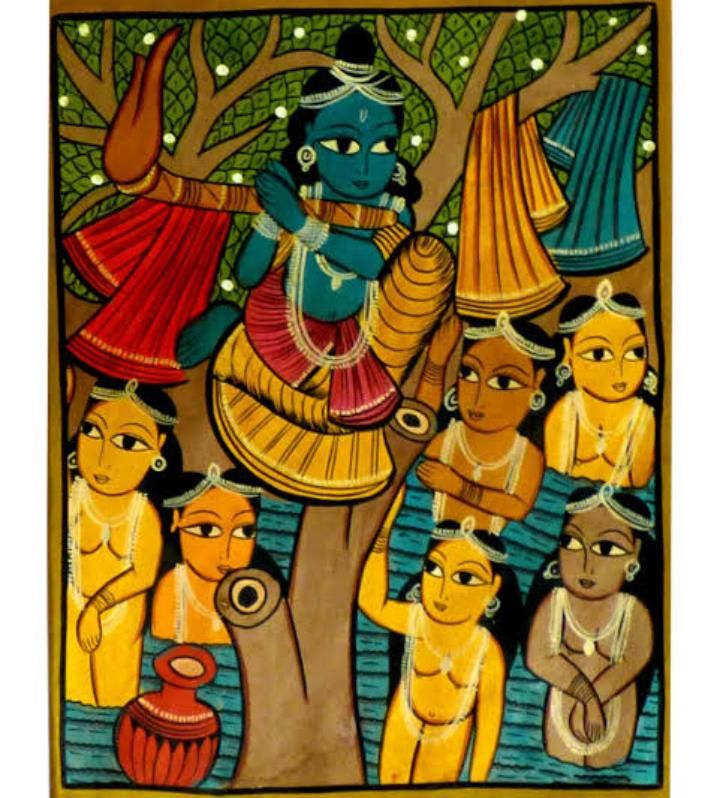
They are a distinct genre of Indian paintings that originated in the vicinity of Kalighat Kali Temple in Kolkata during the 19th century. The themes for these paintings extend from mythological events to contemporary social issues. They are also known as Kalighat Pats, named after the folk artists 'patuas' who created them. Specialties of Kalighat Paintings include clarity of motifs, seamless brushwork, and elaborate use of earthy-Indian hues. The delightful blend of the oriental and occidental styles is another feature that this form gain recognition all over the world.
MURALS:

They are culturally important paintings crafted on walls or any such large surfaces. They have always been regarded as art done on powerful public canvases. Some of the earliest murals in India are found in the caves of Ajanta. Murals were used as a powerful tool for social freedom or for accomplishing certain political goals. Kerala murals, portraying Hindu mythology and legends, are also widely known, notably for their grandeur.
RAJPUT PAINTINGS:
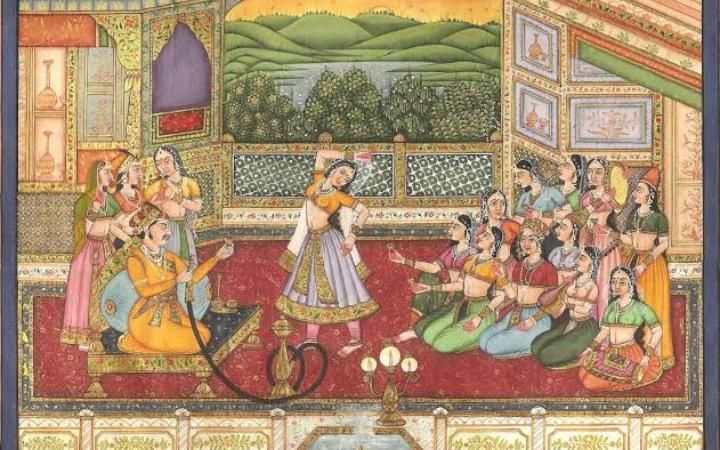
They are also known asRajasthani Paintings, emerged between the 18th and 19th century in Rajputana. These paintings were influenced byMughal-miniature styles. Events from Ramayana and Mahabharata were frequently selected themes. Naturalism and folkish charm are the highlights of these paintings. Another unique feature is the supremacy of chaurapanchasika group style.
MADHUBANI PAINTINGS
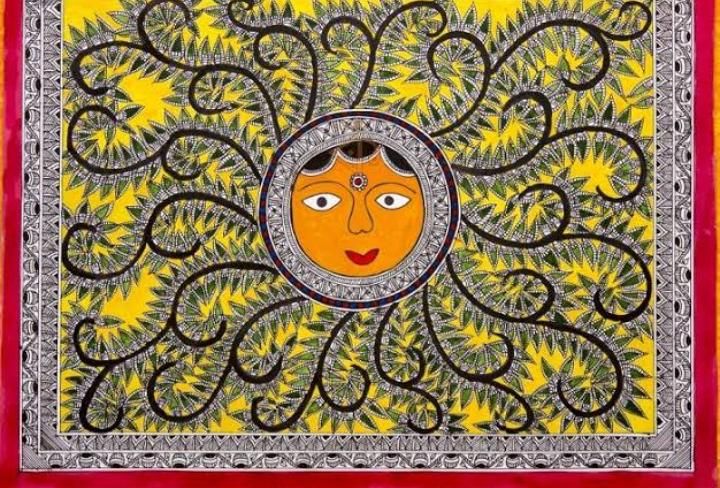
They are also known as MithilaPaintings, which originated in the ancient-cultural region of Mithila in Bihar.They have decorated environment paintings characterized by geometrical patterns. These folk paintings mostly depict scenes from mythology and nature. tribal motifs and bright earthy colors are other aspects that make these paintings attractive. The different styles of Madhubani paintings are Bharni, Katchni, Tantrik, Godna, and Kohbar.
MINIATURE PAINTINGS:
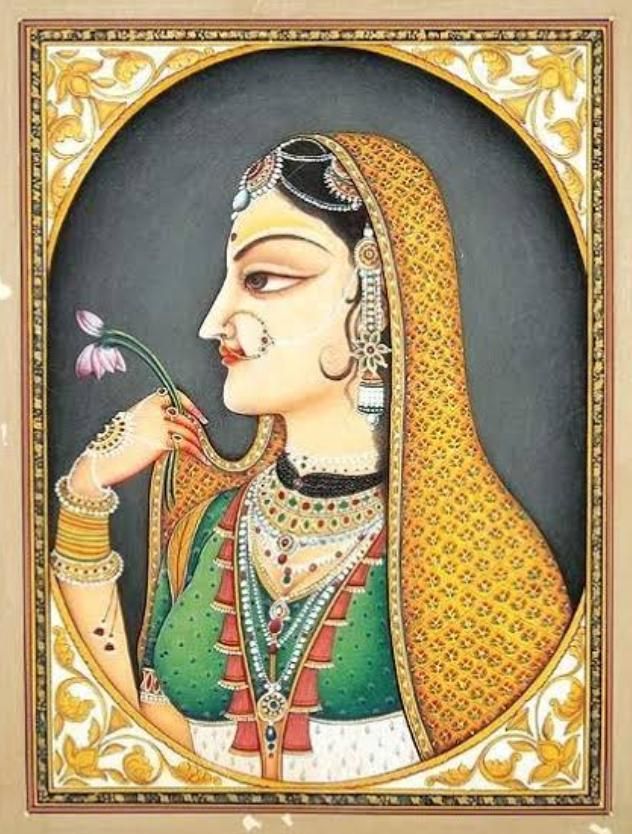
some of the earliest examples of miniature painting in the country include illustrations to the religious text on Buddhism executed under the palas of eastern India as well as the Jain texts executed in western India during the 11th and 12th centuries AD. But this form is believed to have reached its Zenith during the Mughal rule. Meticulous detailing and balanced patterns are the specialties of miniature paintings. They are also rich and aristocratic. Sometimes the artist also used real gold and silver along with natural dyes.
TANJORE PAINTINGS:
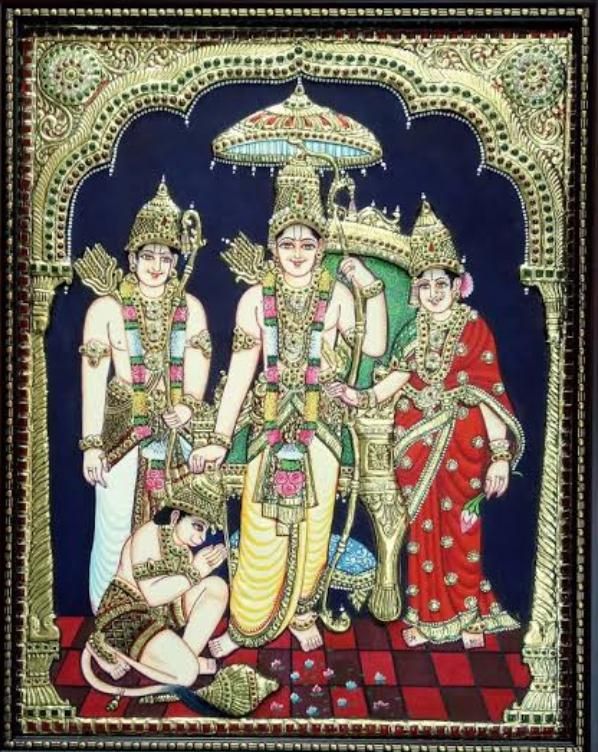
The strikingly colorful Tanjore paintings originated in Thanjavur, Tamil Nadu. Cholas, Nayaks, and Marathas fostered this South Indian painting form. These paintings lastly depict Hindu deities, especially Lord Krishna. Fabric glued to seasoned wooden-plank was used as Canvas. The original paintings are expensive as they have embellishments of pure gold and precious stones. Thick composition, emboss details and use of exquisite colors provide more realistic appearance to Tanjore paintings.
MUGHAL PAINTINGS:
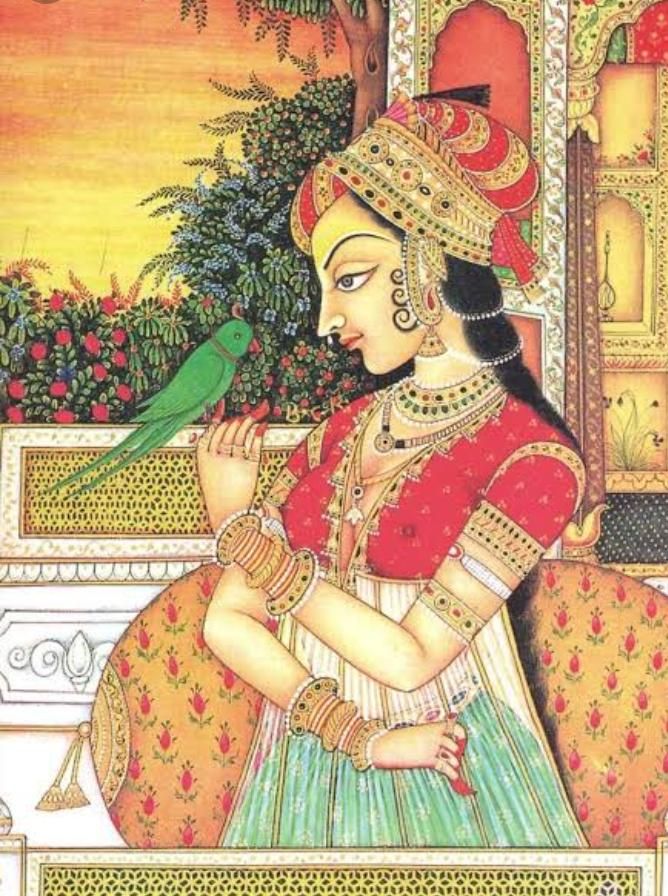
introduced and thrived under the Mughal ruling, these paintings form a unique blend of Indian, Persian and Islamic styles. rulers like Humayun, Akbar, Jahangir, and Shah Jahan promoted this rich art. The miscellany of Persian and Indian fables, portraits and landscapes were made themes. It is said that Mughal paintings are fine results of teamwork as many talented artists work on a single piece of art. Initially, these paintings were confined to the Mughal courtrooms and Ateliers.
PAHARI PAINTINGS:

Largely influenced by the Rajput paintings, Pahari style originated in the Himalayan foothill regions, including Himachal Pradesh and Jammu & Kashmir. these picturesque locations mostly became the backdrop for many Pahari artworks. They are even popularly known as hill paintings. The beautiful landscapes, Love and Life of Lord Krishna are invariable parts of these paintings. the Pahari style is made up of two contrasting schools - the bold and intense Basohli and the delicate Kangra.
KALAMKARI:
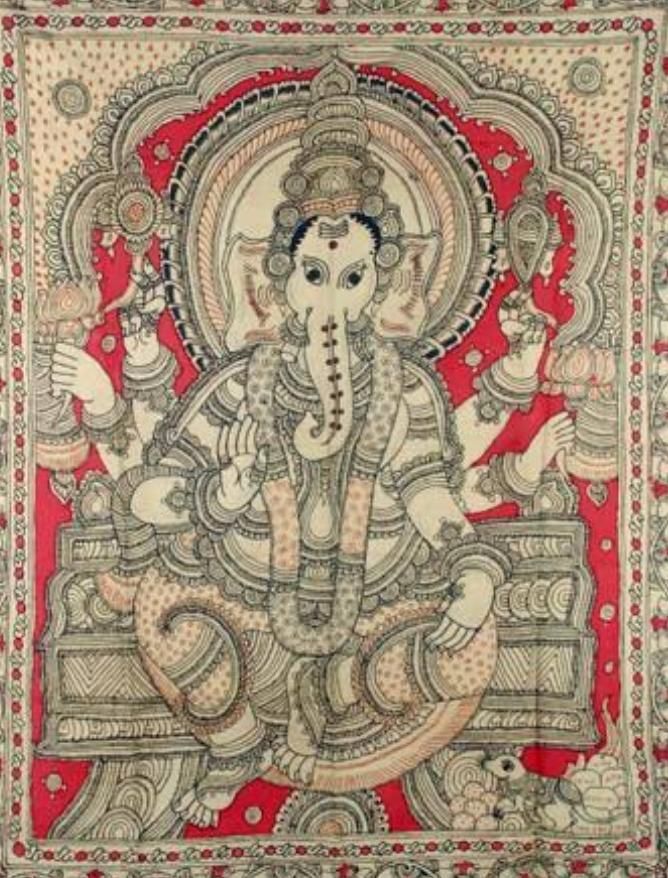
Believed to have originated in Iran, the Indian style of kalamkari painting flourished in Kalahasti and Machilipatnam in Andhra Pradesh. The name kalamkari means 'art using pen'. intricate patterns and scrupulously done motifs are the specialties of kalamkari art. These paintings portray anything from flora and fauna to characters from the great epics. Organically- made rustic colors are predominantly used. This art is now commonly seen on the hand-painted, block- printed kalamkari sarees from parts of Andhra Pradesh and Tamilnadu
PATTACHITRA:
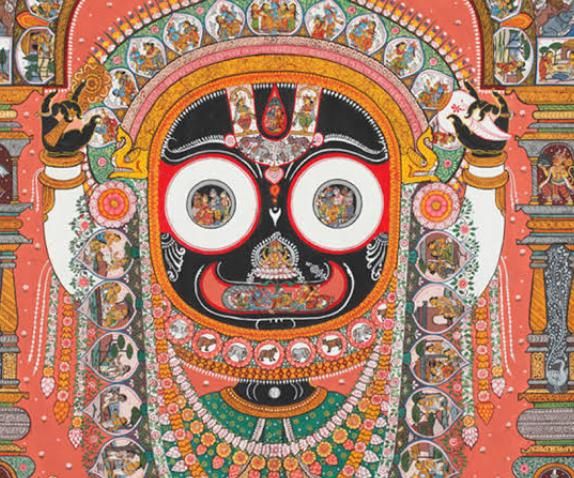
Patachitra is a disciplined- ancient art genre from Odisha. the name patachitra is derived from the two Sanskrit words "patta" and "Chitra "meaning 'Canvas' and 'painting' respectively. They are basically cloth-based scroll paintings depicting Hindu deities, especially Lord Jagannath. Over the years, Pattachitra has gone through a transition and the artists have painted on Tussar silk and palm leaves and even created showpieces. Intriguing style, use of vibrant colors and ornate floral borders make these paintings enjoyable to both laymen and art connoisseurs
PHAD:
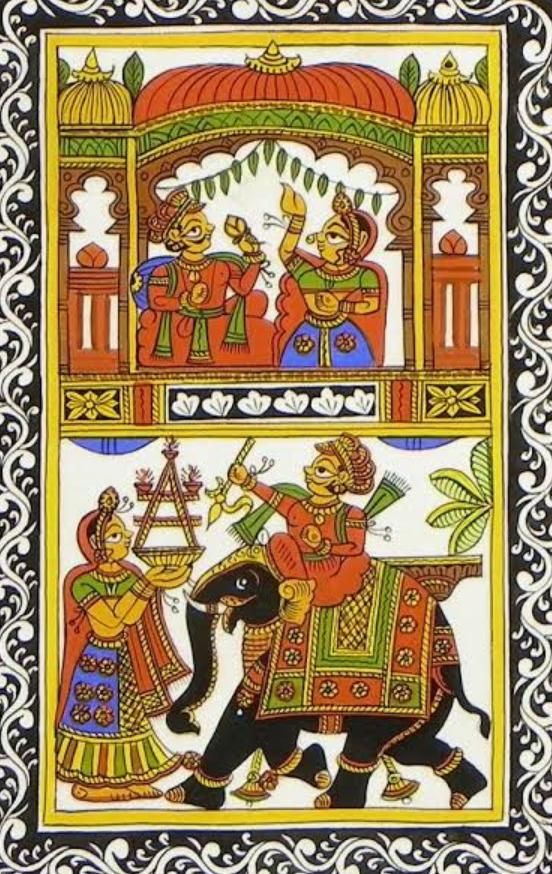
Phad paintings are aesthetically done scroll paintings originated in Rajasthan over a thousand years ago. they depict heroic tales of local deities such as Pabuji and Devnarayan. the horizontal piece of cloth Canvas on which the painting is done is called Phad. Vivid colors like red, yellow and orange are used in Phad paintings. The most amusing fact about these paintings is the harmony of multiple tales on a single canvas, without making it look crowded and unappealing.
GOND PAINTINGS:
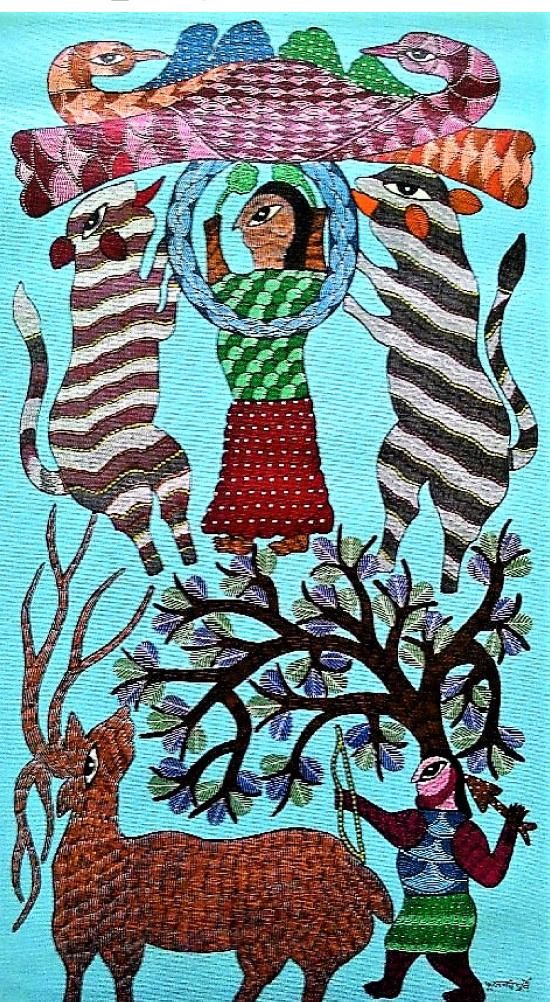
Typically a tribal art, this painting style belongs to the Gond community of Central India. The stupendous technique of creating labyrinths of dots and dashes gives Gond paintings a unique appeal. These paintings mostly depict the daily life of the community; plants and animals are common elements. Natural colors are exclusively used in Gondi art. The inherent belief of Gondi people is that decorating their surroundings with motifs will protect them from the evil eye.
WARLI:
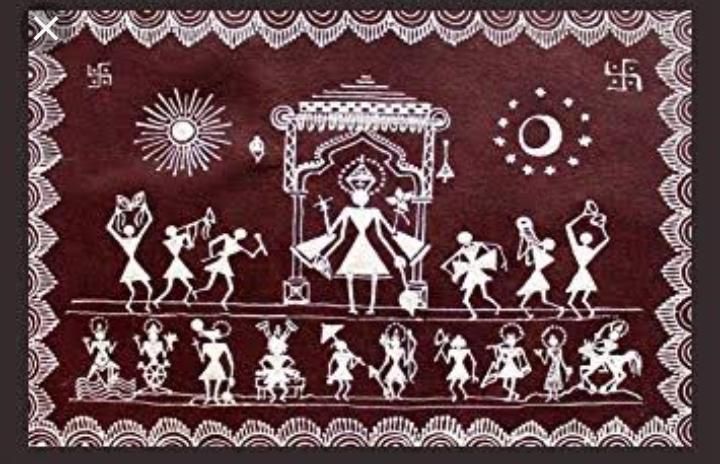
This for painting style belongs to the Warli tribe of Maharashtra. Believed to have originated in the 10th century Ad, Warli is one of the oldest art forms of India. Geometrical figures are harmonized to depict the everyday life of the tribes. This mud based paintings resemble cave paintings. White colored motifs on a dark background make Warli paintings fascinating.
PICHWAI:
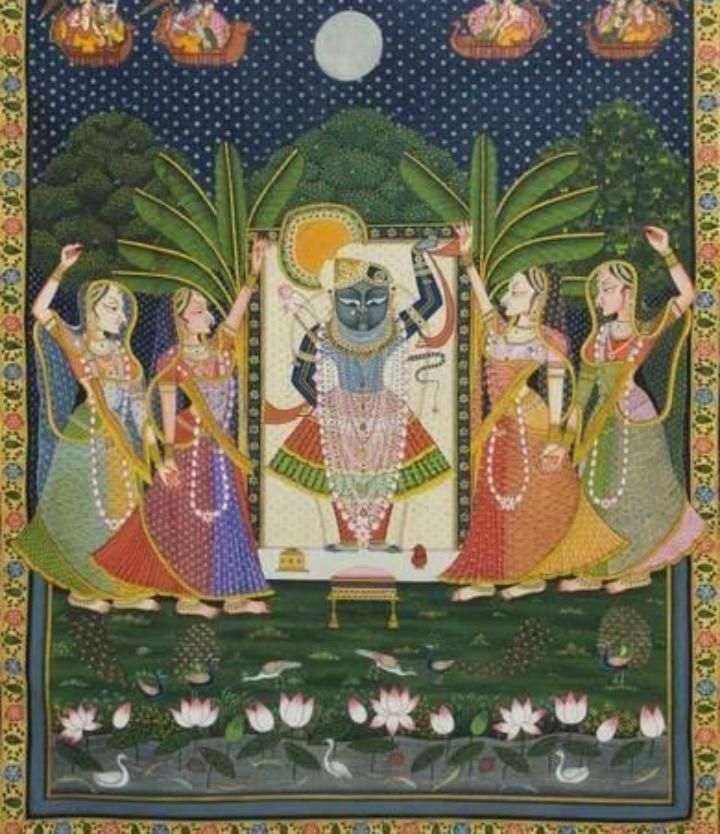
They are backdrop paintings used to adorn temple walls, developed from the Nathdwara school in Rajasthan. The central figure in most of the Pichwai paintings is Shrinathji, a child manifestation of Lord Krishna. They are intricate paintings created on cloth screens. Pichwai is considered as a sacred-religious form of art. More native colors are used in these paintings. Traditionally, Pichwai artists fine-tune their themes according to seasonal changes and festivals.
MYSORE PAINTINGS:
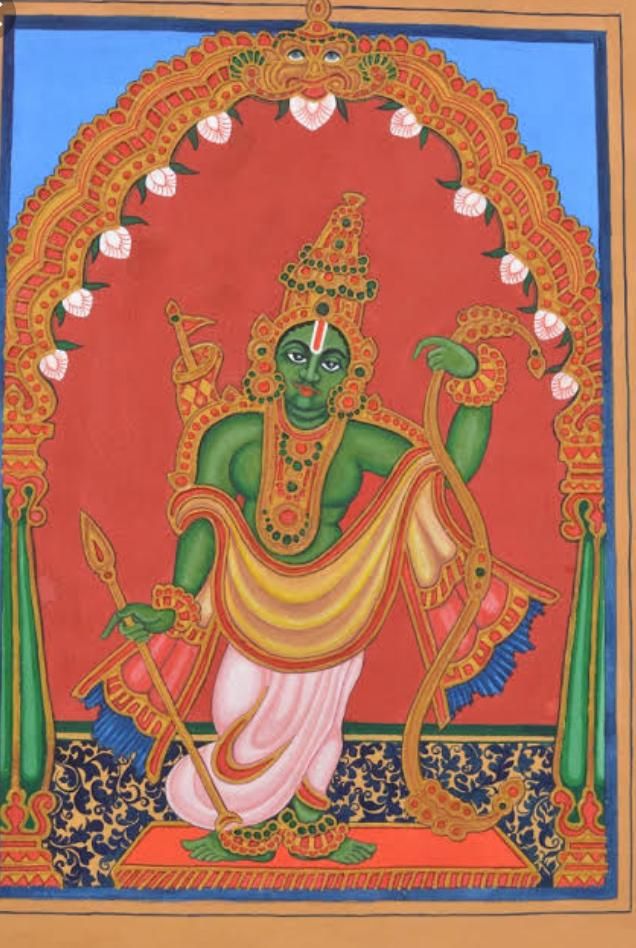
This classical South Indian genre evolved in Mysore, Karnataka. This style reached its zenith under the patronage of Raja Wodeyar. Events from Hindu mythology mostly make themes for Mysore paintings. They are noted for their attention to detail, Elegance, and colors used.
MODERN PAINTINGS:
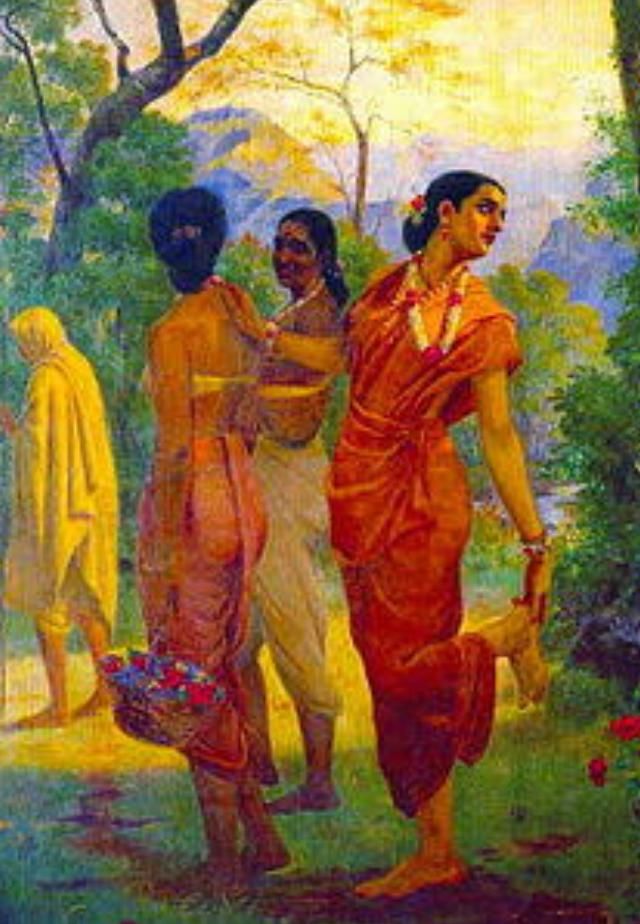
During the Colonial Era, many Indian artists were influenced by the Western idea of free expression. A few artists like Raja Ravi Varma employed Western painting techniques in their works. Later, a significant change was brought in by the 20th-century art movement called Bengal school. This movement led by Abanindranath Tagore opposed European influence and encourage national fervor. Gradually contemporary art begins to take its shape as a fusion of traditional and modern imagery.
